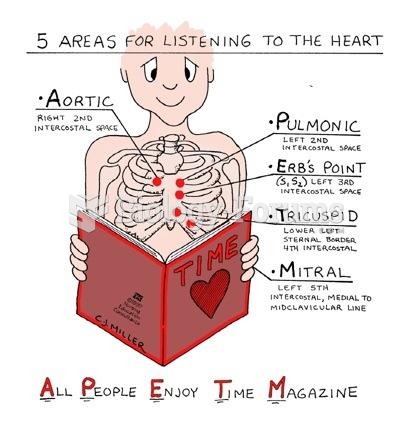Answer to Question 1
ANS: 2
Many Southeast-Asian cultures practice folk remedies such as coining, cupping, pinching, and burning to relieve aches and pains and remove bad wind or noxious elements that cause illness. These remedies leave peculiar visible markings on the skin in the form of ecchymosis, superficial burns, strap marks, or local tenderness. Cultural ignorance causes a practitioner to call authorities for suspicion of abuse. Nurses need to investigate to determine the details of the practice in order to decide whether the practice needs to be changed. Consultation and collaboration with herbal-ists and other naturalistic practitioners will prevent unnecessary distress for the client. While re-porting the finding to authorities should not be dismissed, the nurse should first discuss the prac-tice with the daughter to learn more of the details regarding the practice. The client's health care provider should be notified, however, the nurse's assessment of the areas as reddened areas suggests that other options may have priority. Documentation of the assessment findings is cer-tainly appropriate and is a nursing responsibility, but acquiring an explanation from the daughter who is present would have priority.
Answer to Question 2
ANS: 3
Be aware of religious and cultural preferences when helping clients and families prepare for death. Facilitating the client's peaceful, pain-controlled death is an appropriate intervention; it is not necessarily culturally oriented because nursing strives to facilitate a peaceful, pain-free death for all clients. Becoming familiar with cultural tradition is therapeutic and would have priority if the family were not present to be questioned directly regarding their needs. Arranging for a pri-vate room may be a therapeutic intervention because most cultures would prefer some degree of privacy when attending to the death of a loved one, but since the family is present the priority intervention is the one that identifies their needs.







